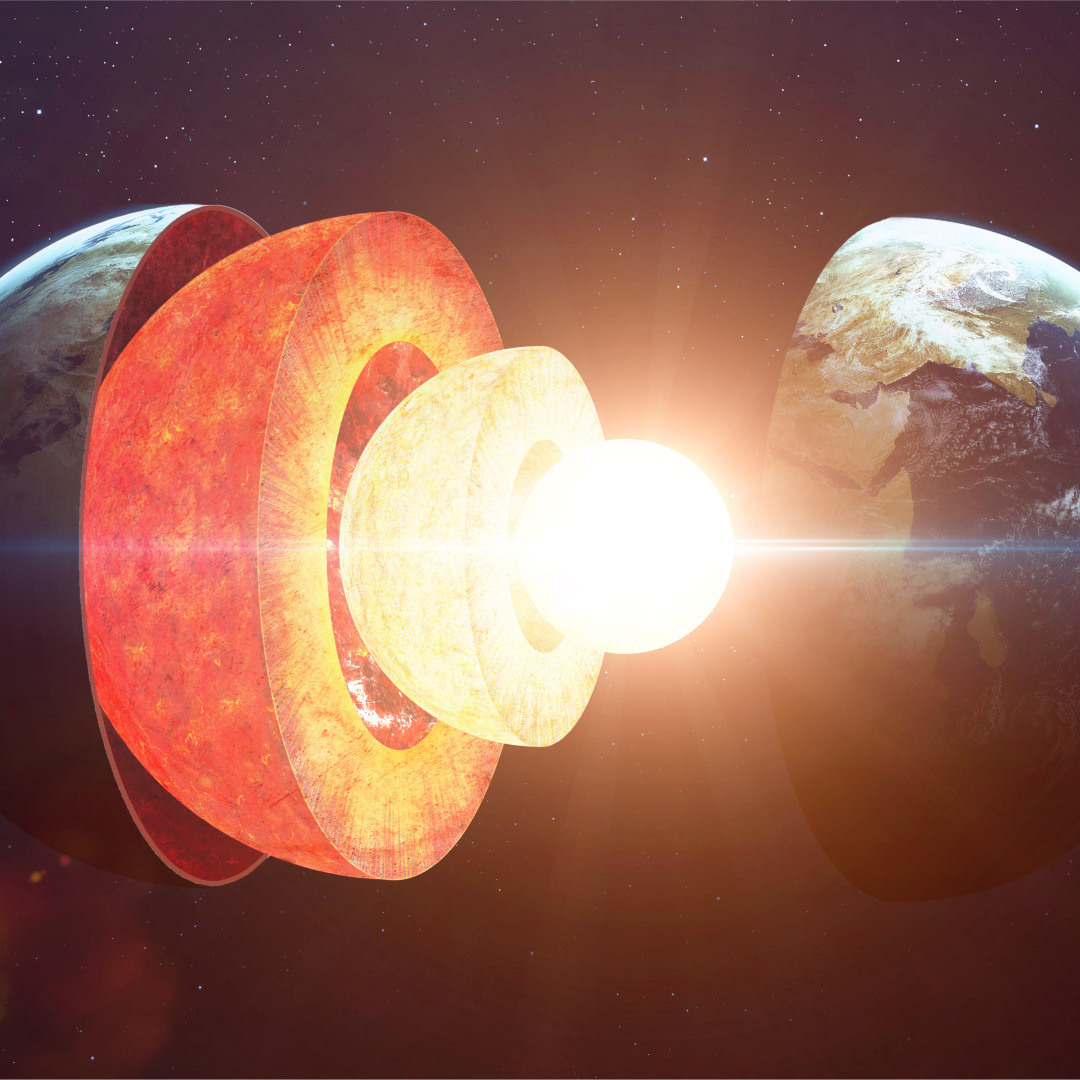Why invest in geothermal?

The world needs to move from 8,000 GW to 24,000 GW of electricity by 2050. Today, 40 percent of the electricity mix is fossil-free. By 2050, all of the 24,000 GW must be clean.
The clean, baseload energy gap
To succeed in this transition, we need a source of clean, baseload energy that is always on to stabilize the grid and complement the growing amount of intermittent energy sources like solar and wind. Those who can deliver to meet this gap can expect high returns.
Today, the average internal rate of return (IRR) of a geothermal project is roughly 10 to 16 percent. As the demand for clean, baseload energy increases, we estimate the market price will rise accordingly. This will potentially lead to even higher returns and make more projects financially feasible.
Only 3 to 8% of global geothermal potential exploited so far
Installed global geothermal capacity 2024 is 16.3 GWe (electricity) and 173 GWth (thermal/heat), while global potential with today’s conventional technology is 200 GWe and 5000+ GWth. In other words, only 8% of the electricity potential and 3.5% of the heat potential has been exploited. As the world races towards 24,000 GW of clean electricity by 2050, we estimate that at least 10% of that electricity must be baseload, for a total of 2,400 GW.
In the United States alone, an additional 700-900 GW of clean firm capacity is needed until 2050. Geothermal resources could provide between 90 and 300 GW (10 and 40 percent) of that capacity, according to the Department of Energy’s 2024 report The Pathway to Next-Generation Geothermal Power Commercial Liftoff.
6 reasons to invest in geothermal
1. It has a large addressable market
Today, many resources are directed toward innovations in long-duration storage, hydrogen and carbon capture and storage (CCS), but these technologies are not yet commercially viable. While there is great potential, it is not yet known when or whether they will be affordable or replicable. Hydropower already supplies baseload energy and is the largest renewable technology in use today, but expansion is expected to slow this decade, partially due to increasingly frequent drought conditions. Meanwhile, the geothermal sector is ready to be scaled up today, with commercially proven technologies. And most of its potential is untapped.
2.It’s available 24/7 and clean
If the criterion “clean” is interpreted as fossil-free rather than renewable, nuclear can also provide clean, baseload energy that is always on. On the other hand, nuclear energy comes with the byproduct of radioactive waste. Additionally, the costs to develop new nuclear plants have increased, rather than decreased over time.
3. It offers reliable cash-flows for decades
The baseload attributes offer strong reliable cash-flows for decades. Geothermal power plants have very long life cycles, from 20+ years up to even 80 years and more.
4. It benefits from oil and gas partnerships
The oil and gas industry has 100+ years of experience in drilling and subsurface engineering and a large, skilled global workforce. As the world transitions away from fossil fuels, many major energy players are directing their interest and capital toward geothermal energy.
5. It has seen a recent surge in investment
Recently, investments in geothermal energy by major oil and gas companies have grown drastically. Between 2020 and 2023, next-generation geothermal startups raised more than half a billion dollars (over 630 million USD).
6. It is receiving increased policy support
The drive to decarbonize and to increase domestic energy security has led to increased policy initiatives in the US and the EU to enable scaling up geothermal energy.
In the US, the Inflation Reduction Act of 2022 (IRA) directed 369 billion USD in tax credits and subsidies to climate-related programs and clean energy solutions for at least a decade to come. According to BCG, this will lower the levelized cost of electricity (LCOE) of geothermal by 40 percent, making projects cheaper than solar and wind and potentially competitive with fossil fuel generators.
In January 2024, 96 percent of members of the EU Parliament voted in favor of a resolution to support a European geothermal energy strategy. According to the resolution, geothermal energy has the potential to provide 75 percent of heating and cooling and 15 percent of power in Europe by 2040.
The largest untapped source of energy
The heat beneath our feet is the world’s largest untapped source of energy, and signs point to an imminent surge in global geothermal development. According to S&P Global, geothermal is one of the fastest-growing, non-mainstream clean energy technologies in the world. And at the same time, the technology has been well-proven since more than 100 years.









